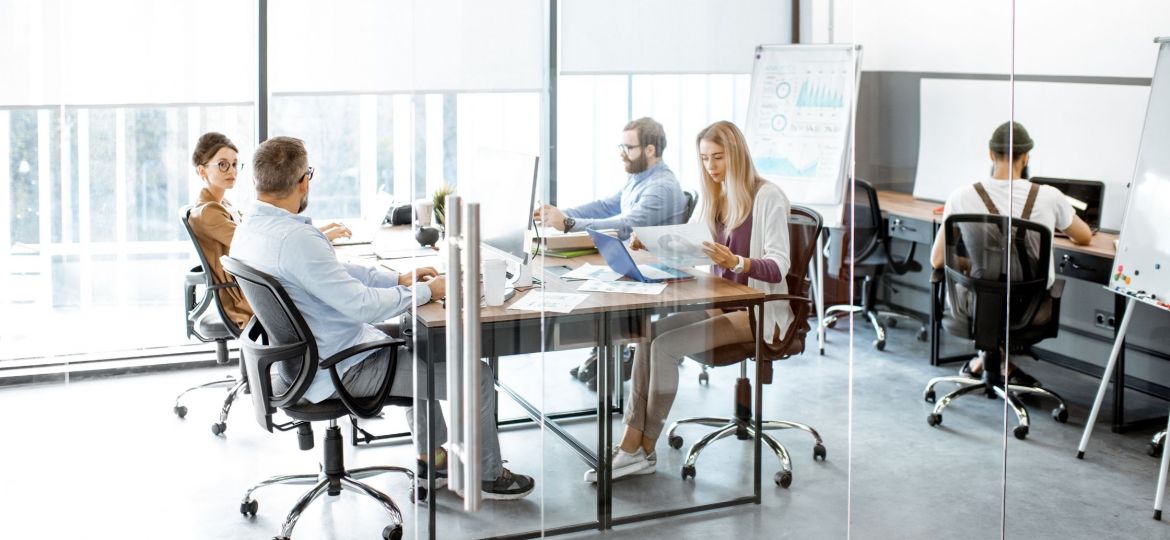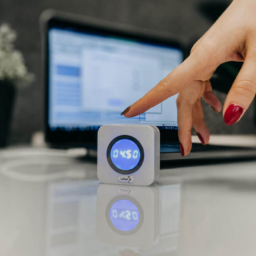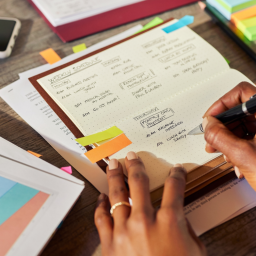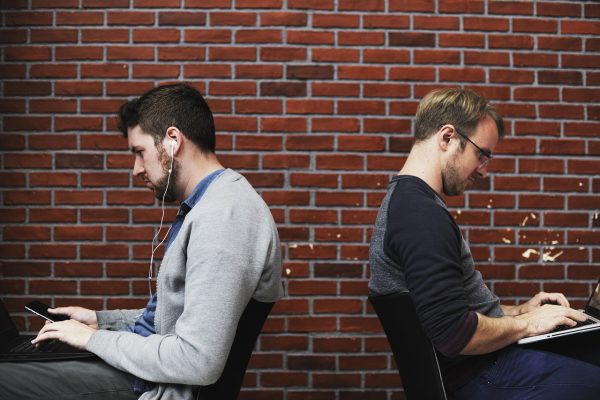
Over the past 15 years working as a Leadership and Productivity coach I have worked with many people from different industries, doing different jobs. What I have come to realise is that while our tasks and workplaces may differ, we all suffer from very similar challenges and benefit from the same simple techniques that keep us productive and stress free.
So below are some of the simple and effective ways that you can use to improve your efficiency and productivity at work.
Take Breaks
This idea may seem counterproductive at first, but pausing work at regular intervals can be the key to getting more work done. Our minds benefit from breaks to continue producing creative or critical thoughts. The key is to take structured, intentional breaks that impact both your productivity and your wellbeing.
Here are a few principles to keep in mind when taking work breaks:
- Consider planning your breaks with the Pomodoro technique
- Don’t start working on another task in the midst of your break
- Try to step away from your screens, preferably go outside and shift you view to expansive
- Consider getting some movement in, this will improve your wellbeing and could avoid stiffness or muscle tension
- Take a few rounds of deep breaths and fill up your water glass.
Schedule Your Tasks in Your Calendar
There’s something to be said about having a set of goals typed out right in front of you. It helps you break down your workload and avoid missing any responsibilities. But instead of writing a to-do list on paper, consider scheduling your tasks in your daily calendar.
The benefit of this is it allows you to visualise your tasks better, setting a time limit on each one. This helps you be more realistic about what you can do in a day and create a plan that best uses your work hours. You don’t’ have to put every task in your calendar, consider also using a task manager to batch your tasks together then schedule time for the overall project or goal, making sure you are maximising your time and attention and not wasting time task switching.
Don’t Use Your Inbox at a To-Do List
Many people start their day looking at their email to decide what to focus on first. They then leave their inbox open all day regularly looking back for inspiration for what to focus on next. Taking this approach leaves you at the beck and call of your contacts, making you react to their needs rather than you proactively planning your priorities.
Open your email a couple of times a day to process, scheduling your priorities in your calendar and planning what you want to get done in the day ahead. Remember to close your email to actually get some work done.
Resist the urge to send yourself a quick email to remind yourself to do something. Although it seems convenient, it can clutter up your inbox. Suddenly, important work emails become buried under reminders or vice versa. Making a note in your task manager or calendar is a better choice.
Keep Your Workspace Clean
Most of us know that a messy space is unpleasant, but it’s also unproductive. According to one study, the more excess stimuli we have in our surroundings, the more difficult it is to focus. In other words, all that clutter is zapping your productivity.
To create a better workspace, start with cleaning out your desks, purging any old paperwork, and organising what remains. From here, you can take steps to redesign your office to be more productive.
Have Fewer Meetings
Making sure your team is on the same page is crucial to a productive workplace. However, meetings can drain productivity by taking up work hours and disrupting people’s workflow. Therefore, having fewer meetings throughout the day can improve productivity at work.
Take an inventory of all the meetings you have scheduled in the day and see if you can consolidate a few of them into a single meeting. And, if possible, see if there is information that can be more effectively communicated in another way. Whether you are in the office, at home or part of a hybrid team, your team will benefit greatly from having fewer meetings and more effective ones.
These are just a few ways to help you maximise your time and attention and make you more productive at work.









